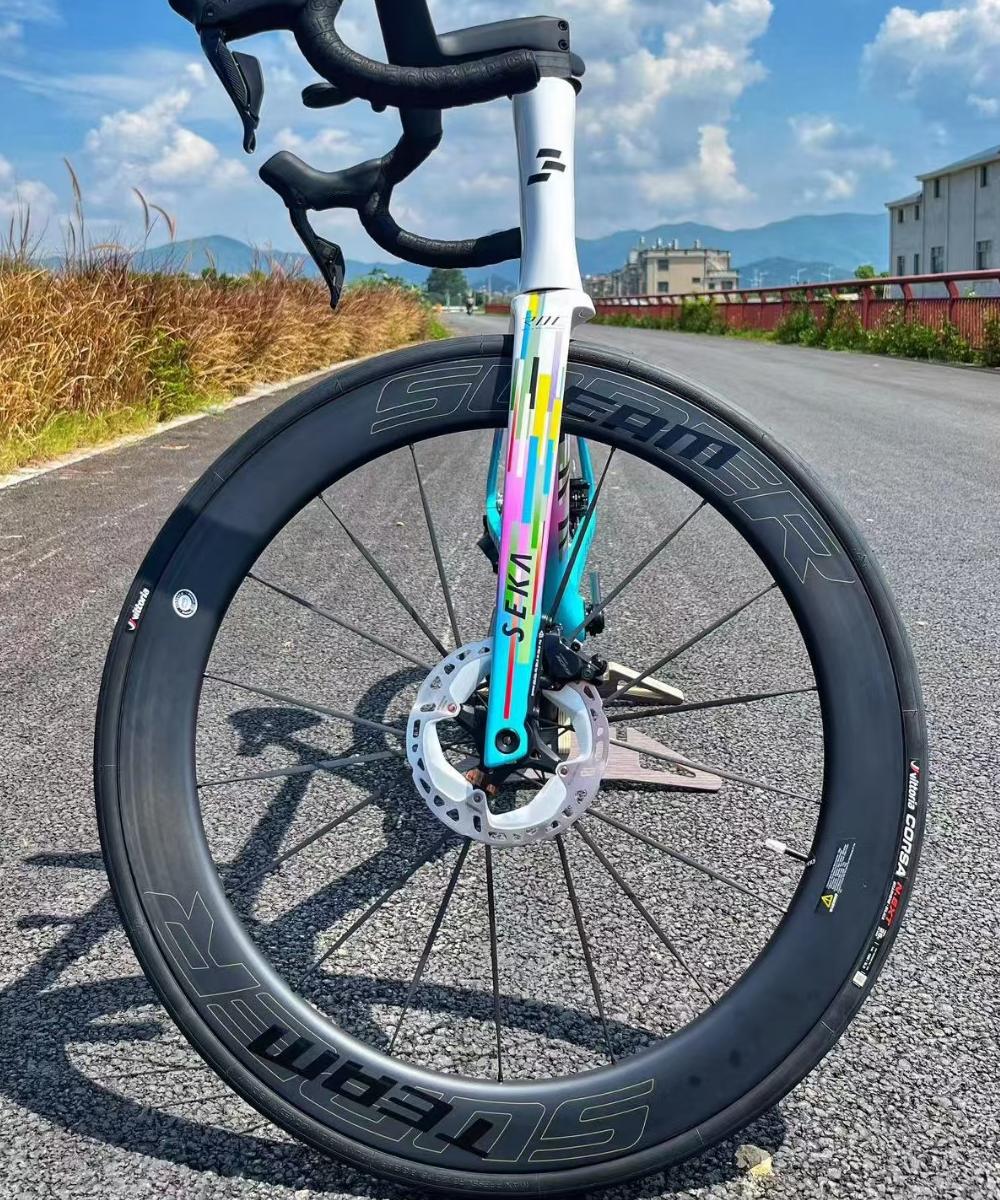The Do’s and Don’ts of Using Tire Levers on Carbon Rims
Installing or removing a tire from a carbon rim can be tricky, especially with tight-fitting tubeless setups. Tire levers are often the go-to tool for the job, but when used incorrectly, they can cause serious damage to your carbon rims — from scratched brake tracks to chipped resin or even structural cracks. Knowing the right (and wrong) way to use tire levers will save both your rims and your sanity.
Do: Use the Right Type of Tire Lever
Always choose plastic or nylon tire levers that are specifically designed for carbon rims. Metal levers may offer more leverage, but they can easily dig into the rim surface or chip the outer layer of carbon. High-quality composite levers are strong enough for tight tires but soft enough not to scratch or gouge.
Don’t: Force the Lever Too Deep
When using a tire lever, avoid pushing it too far under the bead. You only need to hook the edge of the tire, not pry against the entire rim bed. Inserting the lever too deeply risks prying directly against the carbon sidewall or damaging the rim tape, which can lead to air leaks in tubeless setups.
Do: Warm the Tire First
If you’re struggling with a particularly tight fit, warm the tire slightly before installation. Leaving it in the sun for a few minutes or using a hair dryer on low heat can make the rubber more pliable. Softer rubber requires less force, reducing the need for aggressive levering.
Don’t: Use Tire Levers on Both Sides at Once
It might be tempting to use two levers at once for more leverage, but doing so can overstress the rim edges and increase the chance of cracking. Work the tire off gradually, starting at one point and moving around the rim in small sections. Patience always beats brute strength when dealing with carbon.
Do: Check Rim Tape and Bead Seating Afterward
After using a lever, inspect the rim tape for nicks or lifting — even a small cut can cause future air leaks. When reinstalling the tire, ensure both beads are properly seated by inflating gradually and checking that the tire aligns evenly around the rim.
Don’t: Ignore Lubrication
A small amount of tire mounting fluid or soapy water along the bead can make tire installation much easier and safer. It reduces friction, allowing the tire to slide into place without as much levering. Avoid using oils or heavy lubricants that can damage rubber or compromise tubeless sealant.
Conclusion
Tire levers are useful tools, but with carbon rims, finesse is far more important than force. Always use soft, rim-safe levers, apply gradual pressure, and check your rim afterward. The goal is to protect your wheel’s structure while making tire changes as smooth and stress-free as possible. Treat your carbon rims with care, and they’ll reward you with performance and reliability for years to come.




